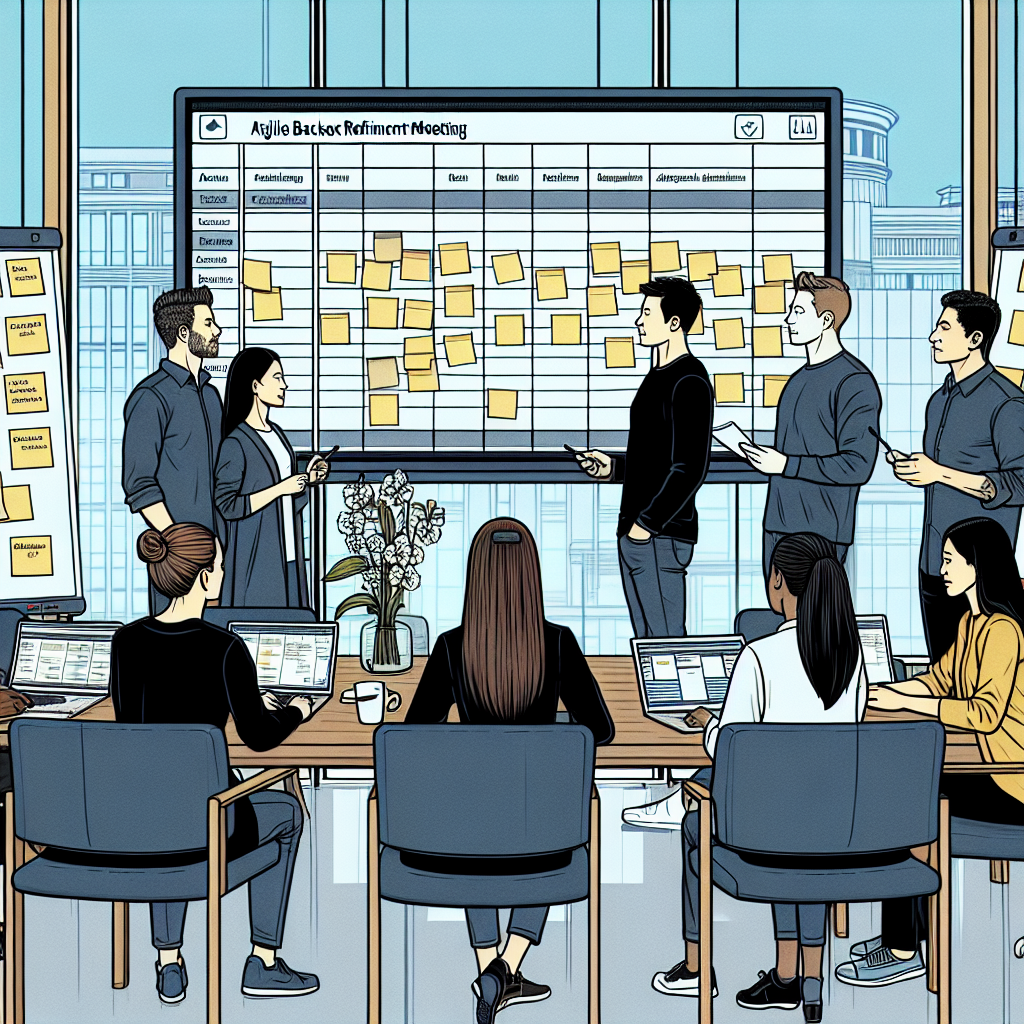A meeting protocol refers to a set of guidelines or rules that govern the structure, conduct, and etiquette of a meeting. It outlines the procedures and expectations for participants, including topics to be discussed, speaking order, time limits, decision-making processes, and behavior standards.
The protocol ensures that meetings are focused, efficient, and respectful, allowing for productive discussions and effective decision-making. It helps create a standardized framework for meetings and facilitates collaboration and teamwork among participants.
What are the challenges of writing a meeting protocol?
- Central Repository Absence: Often, meeting protocols are distributed via email, lacking a centralized location. This leads to significant manual effort in tracking and managing these documents, making it difficult to reference and maintain consistency across the organization.
- Lack of Engagement with Protocols: Meeting protocols are created but frequently go unread. This undermines their purpose, as key decisions and action items fail to reach the relevant stakeholders, reducing the effectiveness of meetings and follow-up actions.
- Unstructured Meetings: The absence of a structured approach in meetings complicates the process of creating protocols. Without clear agendas or objectives, capturing the essence of discussions and decisions becomes challenging, leading to incomplete or inaccurate records.




